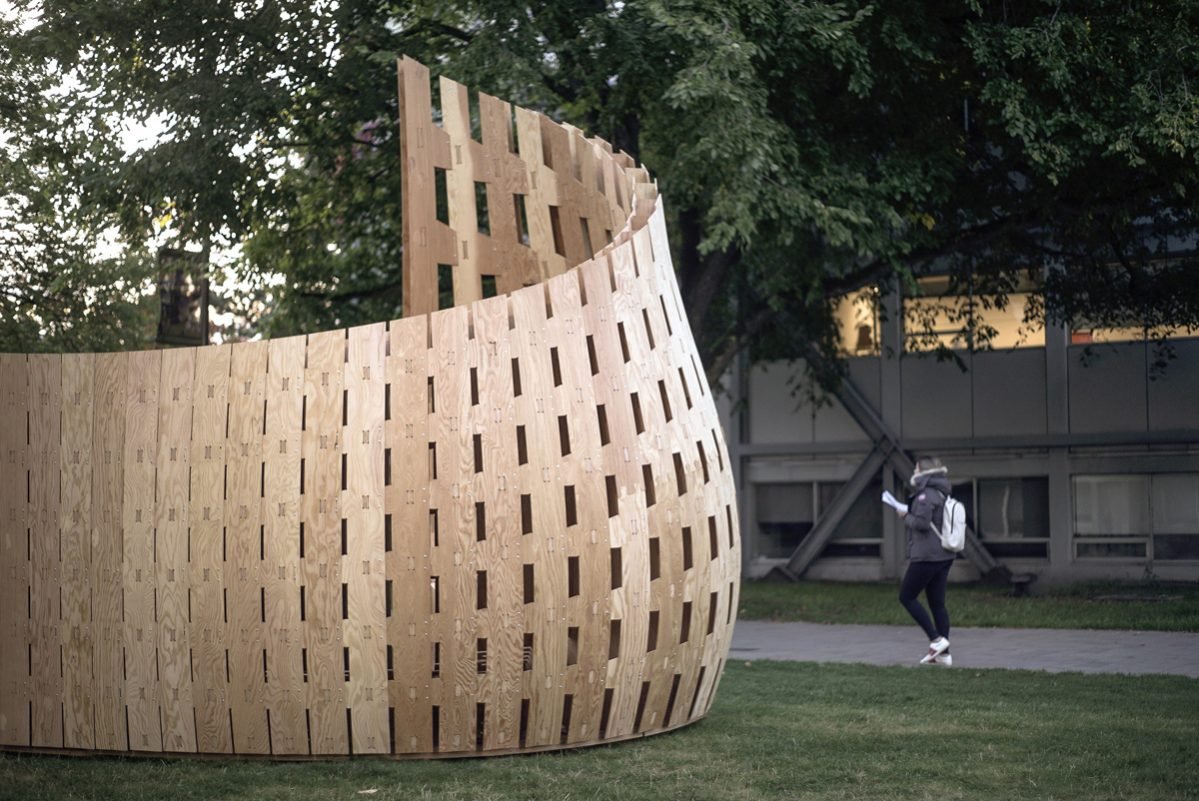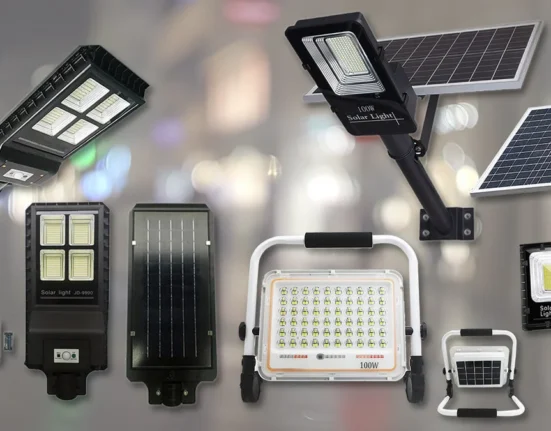As technology advances and environmental concerns grow, the construction industry is embracing innovative building materials that enhance sustainability, efficiency, and design. Modern homes benefit from cutting-edge solutions that offer superior performance, aesthetic appeal, and long-term cost savings. Understanding these materials can help you make informed decisions and future-proof your projects.
1. Smart Glass
Smart glass, also known as switchable glass, is a revolutionary material that adjusts its transparency based on environmental conditions or user preferences. This technology allows homeowners to control light levels, enhance privacy, and improve energy efficiency. By reducing heat gain in summer and heat loss in winter, smart glass helps lower energy bills while offering a sleek, modern appearance.
2. Recycled and Upcycled Materials
Recycled building materials are gaining popularity due to their environmental benefits and cost-effectiveness. Reclaimed wood, recycled metal, and repurposed plastic are used for everything from structural components to decorative finishes. These materials reduce waste, conserve natural resources, and add unique character to homes. Upcycled materials, such as shipping containers and salvaged bricks, are also being transformed into functional and stylish living spaces.
3. Self-Healing Concrete
Concrete is a staple in construction, but it is prone to cracking over time. Self-healing concrete incorporates special bacteria or chemical agents that activate when water enters a crack. This innovative solution automatically seals small fissures, extending the lifespan of concrete structures and reducing maintenance costs. It is particularly useful for foundations, bridges, and other load-bearing applications.
4. Aerogel Insulation
Aerogel is an advanced insulation material known for its exceptional thermal performance and lightweight properties. It is composed of silica-based gel, making it an ideal choice for energy-efficient homes. Aerogel insulation is more effective than traditional options like fiberglass and foam, allowing for thinner walls without compromising heat retention. Although it is more expensive upfront, its energy savings over time make it a worthwhile investment.
5. Cross-Laminated Timber (CLT)
Cross-laminated timber is an engineered wood product that provides strength, durability, and sustainability. Made by layering wood panels in alternating directions, CLT is used for walls, floors, and roofs. It offers excellent fire resistance and seismic performance while being environmentally friendly. This renewable material is gaining traction in residential and commercial construction as an alternative to concrete and steel.
6. 3D-Printed Building Materials
3D printing technology is revolutionizing the way homes are built. Using advanced printers, construction teams can produce custom components from concrete, plastic, and other materials. This method accelerates the building process, reduces waste, and allows for complex designs that would be difficult or impossible to achieve with conventional techniques. 3D-printed materials are particularly useful for affordable housing projects and disaster relief efforts.
7. Photovoltaic Building Materials
Integrating solar energy into building materials is a key step toward sustainable living. Photovoltaic panels can now be embedded into roofing materials, windows, and facades. These solar-integrated materials generate electricity while maintaining the building’s aesthetic appeal. As technology advances, photovoltaic building materials are becoming more efficient and affordable, enabling homeowners to reduce their reliance on conventional power sources.
8. Advanced Composites
Advanced composite materials, such as carbon fiber and fiberglass-reinforced polymers, offer high strength-to-weight ratios and corrosion resistance. They are commonly used in aerospace and automotive industries but are now finding applications in home construction. Composite materials are ideal for structural components, cladding, and insulation, providing longevity and design flexibility.
9. Transparent Aluminum
Transparent aluminum is a cutting-edge material combining the strength of metal with the clarity of glass. This advanced ceramic is used in high-security applications but is beginning to appear in architectural projects. It provides durability, scratch resistance, and impact protection while allowing natural light to pass through. Although it is currently expensive, ongoing research aims to make it more accessible for residential use.
10. Living Building Materials
Living building materials, such as bio-bricks and mycelium-based composites, harness biological processes to grow or repair structures. These materials are biodegradable, sustainable, and can absorb carbon dioxide. They offer a promising solution for reducing the environmental impact of construction while providing unique design possibilities.
Embracing the Future of Construction
Innovative building materials are reshaping the construction industry, offering solutions that are more sustainable, efficient, and adaptable. By incorporating these advanced materials into your projects, you can enhance performance, reduce costs, and contribute to a greener future. As new technologies emerge, staying informed about the latest developments will ensure your home remains at the forefront of modern design and functionality.
Sign Up for Expert Insights
For more in-depth guidance on cutting-edge building materials and construction techniques, visit epci.ng. Our platform provides valuable resources, expert insights, and the latest innovations to help you succeed in your projects. Sign up today and stay ahead in the ever-evolving world of construction.







Leave feedback about this